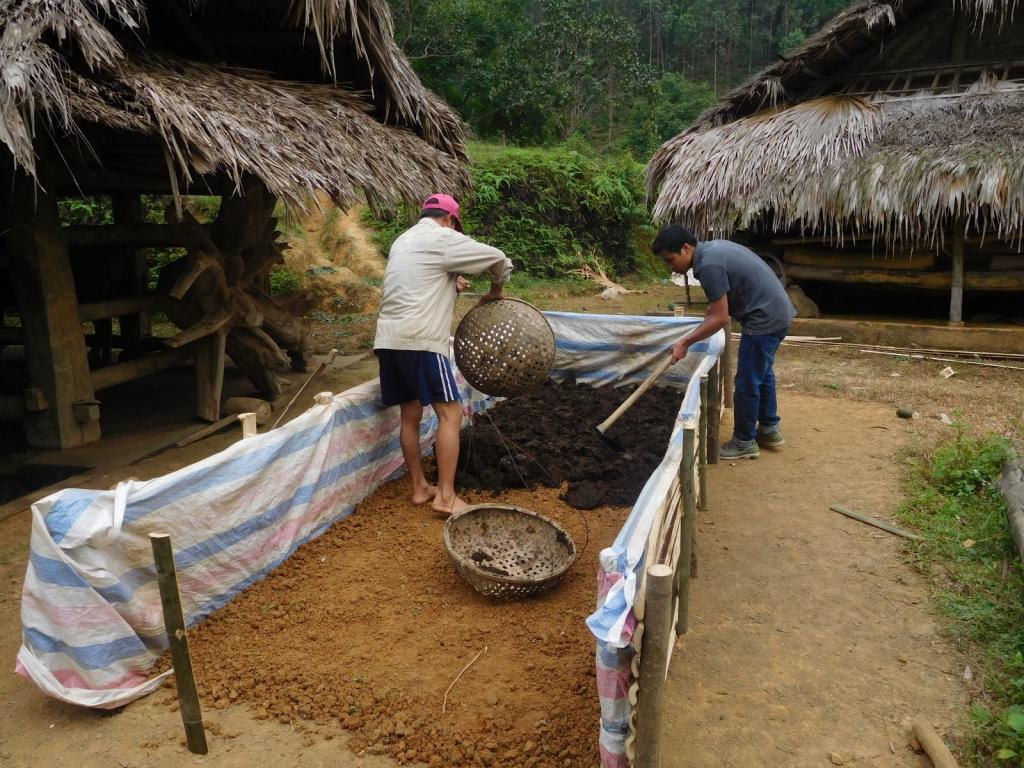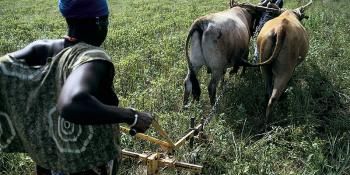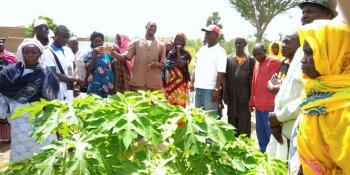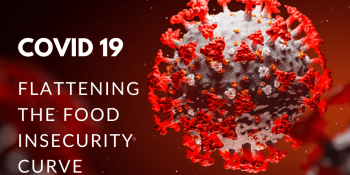Eco-efficient waste management in Ma Climate-Smart Village
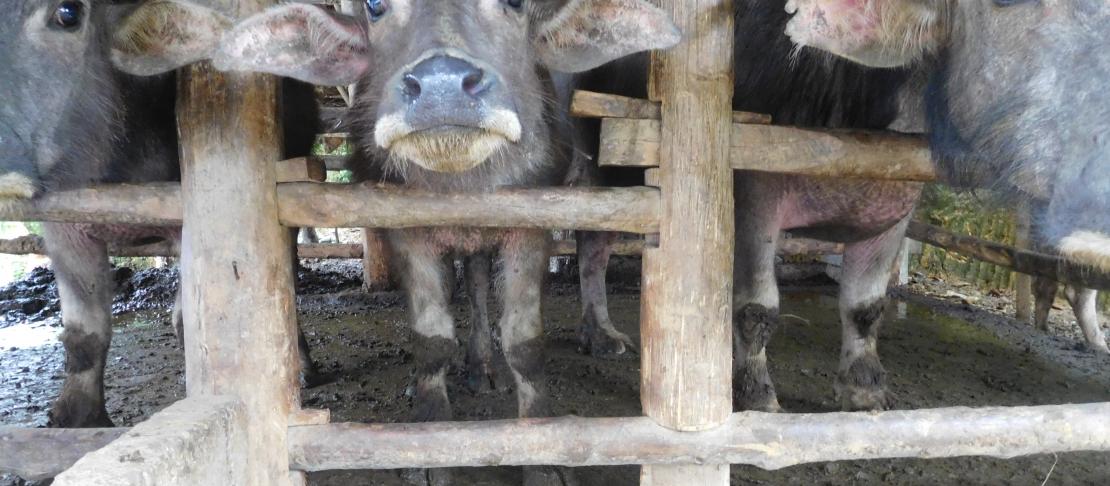
Wastes, if properly managed, can provide multiple benefits to farm households and help mitigate climate change.
 Animal production plays an important role in the livelihoods of farmers in Ma Village in Yen Bai province, northern Vietnam. While raising animals like ruminants, pigs, poultry and fish bring in profit for the farmers, improper management of animal wastes has been a major drawback.
Animal production plays an important role in the livelihoods of farmers in Ma Village in Yen Bai province, northern Vietnam. While raising animals like ruminants, pigs, poultry and fish bring in profit for the farmers, improper management of animal wastes has been a major drawback.
 Often, farmers just dump untreated animal dung and droppings in a nearby locale. This imprudent waste management method results in several negative consequences: emission of greenhouse gas (GHG) to the atmosphere; air and water pollution; and spread of animal-related diseases. All of which reduces the quality of life in the village.
Often, farmers just dump untreated animal dung and droppings in a nearby locale. This imprudent waste management method results in several negative consequences: emission of greenhouse gas (GHG) to the atmosphere; air and water pollution; and spread of animal-related diseases. All of which reduces the quality of life in the village.
Carbon- and nutrient-smart through eco-efficient agricultural system
Livestock management contributes 18% of the global GHG emissions, according to the Food and Agriculture Organization of the United Nations. These emissions, specifically methane (CH4) and nitrous oxide (N2O), come largely from the natural digestive processes of animals, and manure management and disposal. So when it comes to mitigation initiatives, this sector warrants serious actions to significantly contribute to abating global warming.
The Climate-Smart Village (CSV) team in Ma Village carried out a mission to investigate the waste management system in the village and to make an integrative action plan. The observed lack of an effective waste management system led to the promotion of composting and vermiculture.
The International Center for Tropical Agriculture (CIAT) project lead in Ma Village, together with the Ma CSV team and women’s association in the village, conducted hands-on trainings on composting and vermiculture in April and May of the current year.

Ms. Pham Nhu Trang, an expert in organic farming, teaches the farmers on composting and vermiculture. Photo: Nguyen Duy Nhiem (CIAT)
In the outset, the trainers explained that proper management of animal wastes offers many benefits:
Animal wastes, agriculture by-products and household wastes can be beneficial inputs to various farming practices like animal raising, home gardens, rice production and fish production. This inter-link, wherein the by-products serve as inputs to farming systems, creates a closed loop without waste. Thus, the production system can potentially reduce ecological impacts and resource intensity, making it eco-efficient.
Composts made from animal waste/manure, agriculture by-products (e.g. rice straw, weeds, sawdust), and household wastes produce high-quality fertilizer for crops, which could increase crop yield. It could also cut down the input cost and reduce GHG emissions with the reduced application of chemical fertilizer. Additionally, composts are relatively lightweight so transportation cost is less.
Agriculture by-products like rice straw and sawdust, which are usually burnt off, when mixed with soil in dry form, help recycle soil nutrients and reduces emissions of GHGs (methane - CH4, nitrous oxide - N2O, and carbon dioxide – CO2).
It increases animal production by improving the rearing environment and making the system more hygienic, thus, directly impacting on animal health and productivity.
Ideas made a reality: hands-on training
Thanks to the practical and well-focused approach, the training attracted many villagers.
“I wanted to make compost before but I did not know how. I really like this easy and cheap practice of waste treatment as after three days of implementing, I did not smell anything bad,” said Mr. Hoang Van Toan, a farmer-trainee. Mr. Hoang was introduced to compost making using effective micro-organism (EM) products. Using EM products, farmers can make their own composts at relatively cheaper and more competitive price, compared with the expensive industrial EM products.
Mr. Hoang Quoc Viet, the very first farmer to implement vermicomposting in Ma village, used to buy lots of industrial feed for his chickens. “I raise the red worm as it is a nutritious feed for my chicken and reduces my production cost. I will disseminate the practice to other villages because it is very helpful.”
Nguyen Duy Nhiem of CIAT shows Mr. Hoang Quoc Viet the vermiculture model. Photo: Pham Nhu Trang (CIAT)
Sharing the learning
As a step toward outscaling these practices, representative farmers from neighboring villages around Ma were invited to participate in the training with the intention that they could apply and disseminate the learned techniques in their own villages. Consequently, some of them did apply what they have learned soon after returning from Ma Village.
Interestingly, by word of mouth, even ‘uninvited’ farmers like Mr. Hoang Van Manh from Thac Ong commune joined the training. “I heard about the training from a Ma villager. My family does not raise animals but we have many fruit trees, so I want to learn how to make and apply compost out of manure so that my fruit trees will grow well and produce more fruits.”
It appears that the “seed” for out scaling has been sown. Now, we will continue to nourish it and watch it thrive.
Read more
Nguyen Duy Nhiem works for CIAT-Vietnam as a research associate in climate-smart agriculture (CSA) in North Vietnam. This piece was edited by Claire Wheatley, a communication intern at CIAT-Vietnam.

